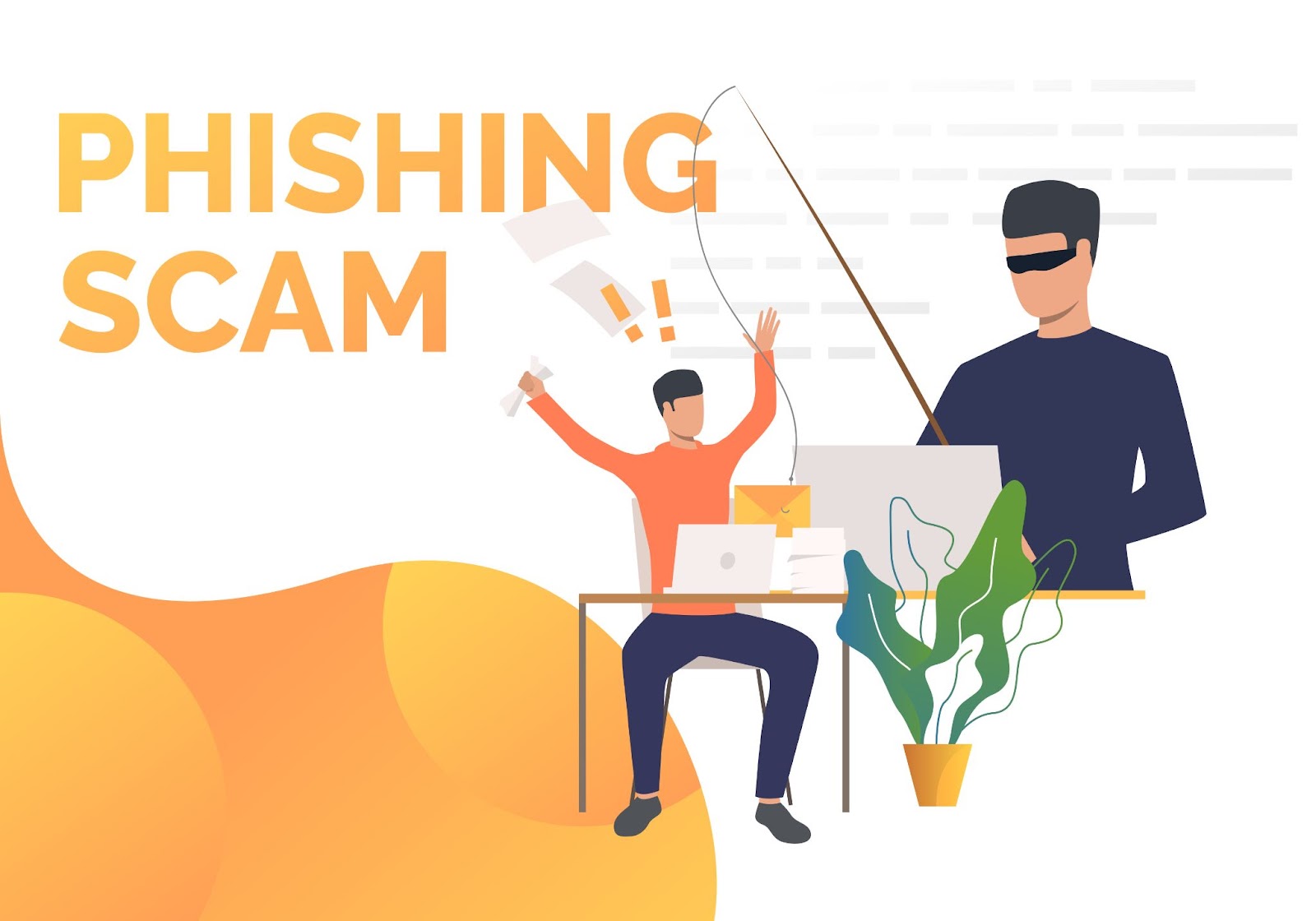Introduction
In today’s digital age, phishing scams are a growing threat that no business can afford to ignore—especially small businesses. With recent trends showing a significant surge in phishing attacks, the importance of staying vigilant has never been greater. This blog post aims to provide small business owners with essential knowledge and tools to protect themselves from the latest phishing tricks.
Understanding Phishing Scams
What Is Phishing?
Phishing is a type of cybercrime where attackers attempt to trick individuals into providing sensitive information—such as usernames, passwords, and financial details—by masquerading as a trustworthy entity in electronic communications. These malicious actors typically use emails, social media messages, or fraudulent websites to carry out their schemes.
Types of Phishing Scams
- Spear Phishing: Unlike general phishing attempts, spear phishing targets specific individuals or organizations, making the attacks more personalized and harder to detect.
- Vishing: This form of phishing involves voice calls, where attackers impersonate legitimate institutions to extract confidential information over the phone.
- Smishing: Similar to vishing, but conducted through SMS text messages, urging recipients to click on malicious links or share sensitive data.
The Latest Phishing Tricks
Recent Trends in Phishing
Phishing tactics are continually evolving, making it crucial for small business owners to stay updated on the latest phishing news. Some of the most recent techniques include:
- Clone Phishing: Attackers create a nearly identical copy of a legitimate email that the victim has already received but substitutes malicious links or attachments.
- Business Email Compromise (BEC): Scammers spoof or hack into a company’s email account to request wire transfers or sensitive information from unsuspecting employees.
- Deepfake Technology: Cybercriminals use AI-generated audio or video to convincingly impersonate executives or colleagues, thereby adding a layer of authenticity to their fraudulent requests.
Real-World Examples
In 2023, a small tech startup fell victim to a spear-phishing attack where scammers posed as a key supplier. The fraudsters sent a well-crafted email with an invoice attached, leading to a significant financial loss when the company transferred funds to the scammer’s account instead of the legitimate supplier.
How Phishing Affects Small Businesses?
Financial and Reputational Damage
The financial impact of phishing can be devastating for small businesses. According to the FBI, phishing scams cost U.S. businesses over $57 million in 2021 alone. Beyond financial loss, phishing attacks can severely damage your company’s reputation, eroding customer trust and leading to lost business opportunities.
Vulnerability of Small Businesses
Small businesses are particularly attractive targets for phishing attacks due to limited resources for cybersecurity and often less stringent security protocols. Many small businesses may also lack the necessary training and awareness programs to educate employees about the dangers of phishing.
Protecting Your Business from Phishing Scams
Best Practices for Prevention
- Employee Training: Regularly educate your staff about the different types of phishing scams and how to recognize them.
- Email Filtering: Use advanced email filtering solutions to automatically identify and quarantine suspicious emails.
- Multi-Factor Authentication (MFA): Implement MFA across all business accounts to add an extra layer of security.
- Regular Updates: Ensure all software, including antivirus and anti-malware programs, are up-to-date to protect against known vulnerabilities.
Security Tools and Technologies
- Anti-Phishing Software: Programs like Proofpoint and Mimecast can detect and block phishing attempts before they reach your inbox.
- Secure Web Gateways: Tools such as Zscaler and Symantec ensure secure internet usage by blocking access to malicious websites.
- Endpoint Protection: Solutions like CrowdStrike and Sophos safeguard all endpoints within your network, reducing the risk of phishing-induced malware infections.
What to Do if You’ve Been Phished?
Immediate Response Steps
- Disconnect: Isolate affected systems from the network to prevent further compromise.
- Change Credentials: Immediately change passwords and security questions for compromised accounts.
- Report the Incident: Notify relevant authorities, such as your IT department, cybersecurity firm, or law enforcement.
- Conduct a Thorough Investigation: Identify the scope of the breach and take necessary corrective actions.
Mitigation and Future Protection
- Data Backup: Regularly back up your data and ensure it is stored securely to mitigate the impact of potential data loss.
- Incident Response Plan: Develop and regularly update an incident response plan to ensure a swift and effective reaction to phishing attacks.
- Continuous Monitoring: Employ continuous monitoring tools to detect and respond to suspicious activities in real-time.
By taking these rigorous steps, you can better protect your business from the debilitating effects of phishing attacks and strengthen your overall cybersecurity today.
Conclusion
Phishing scams are a persistent threat that can have severe consequences for small businesses. By staying informed about the latest phishing news and trends and implementing robust security measures, you can significantly reduce the risk of falling victim to these malicious schemes.
Remember, knowledge and vigilance are your best defenses against phishing. Share this valuable information with your network to collectively strengthen our fight against cybercriminals. Stay safe and proactive!
